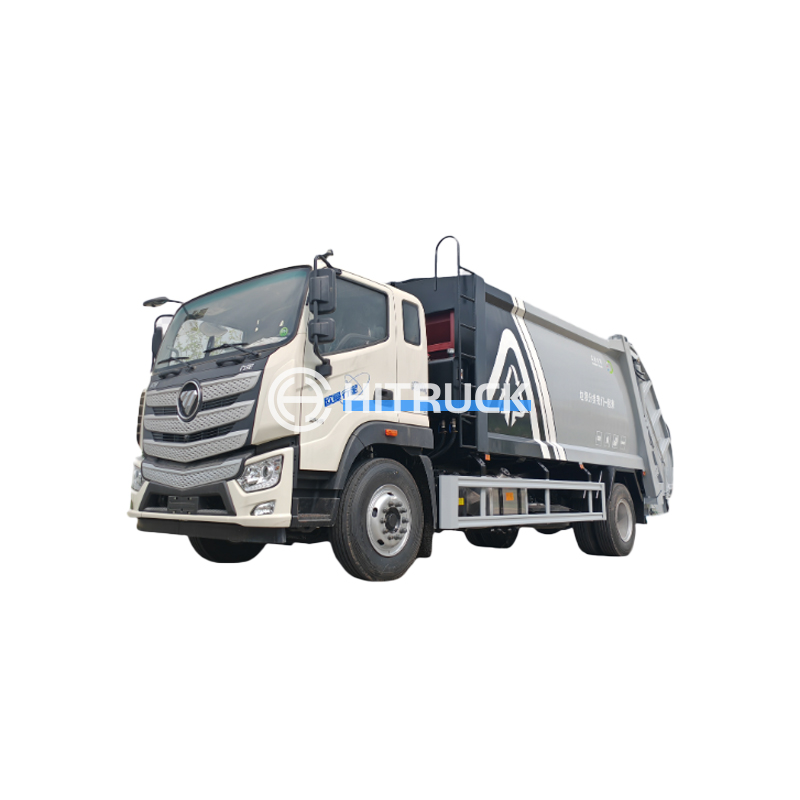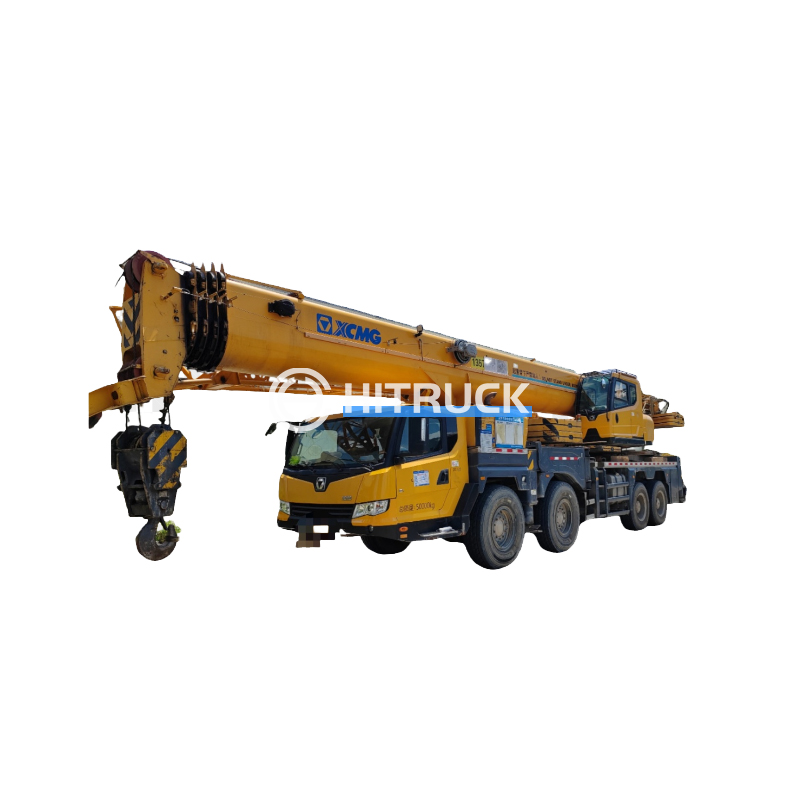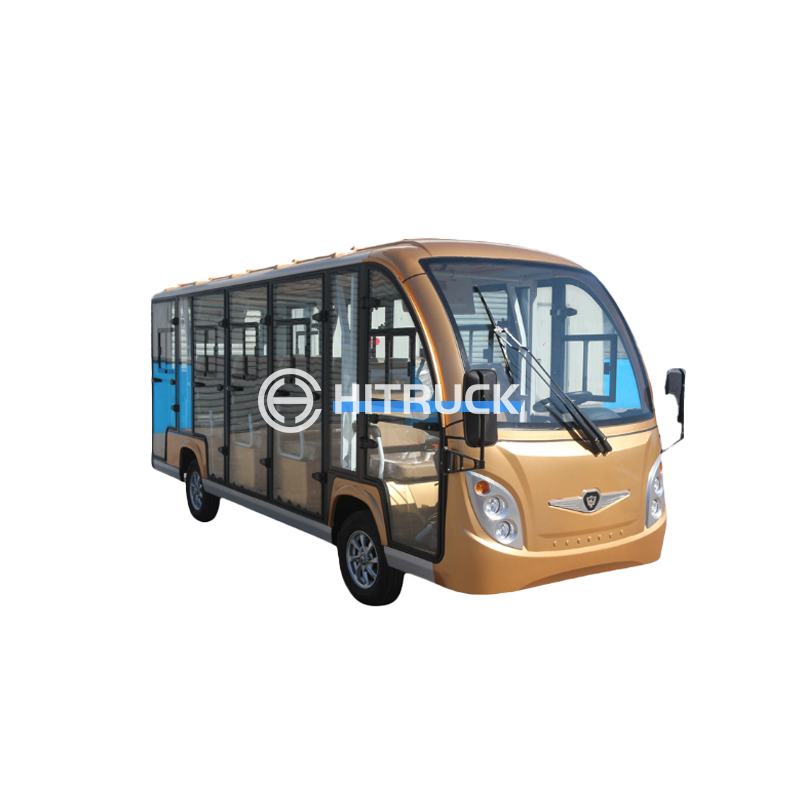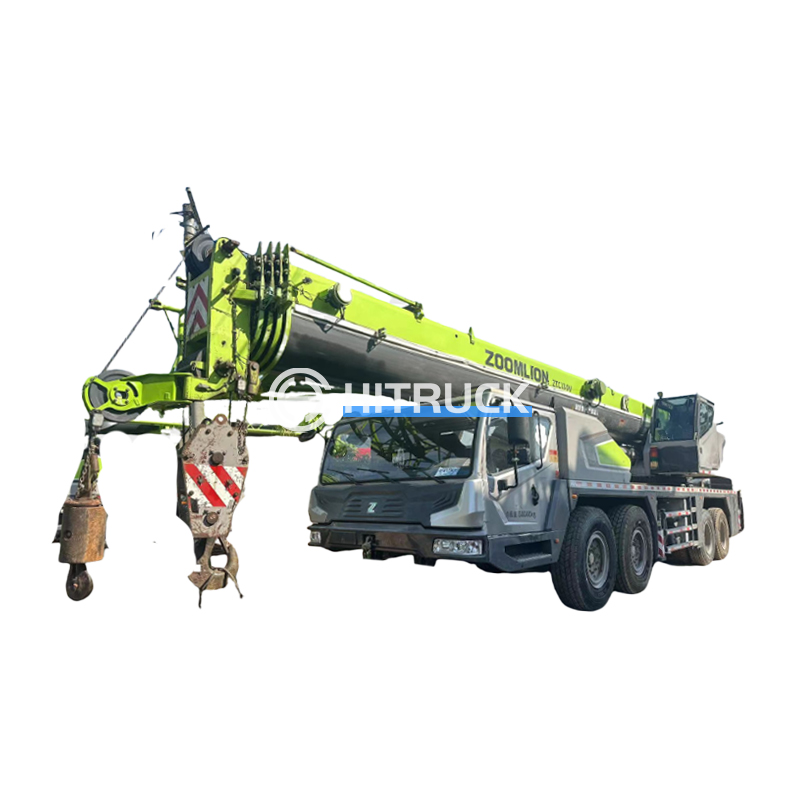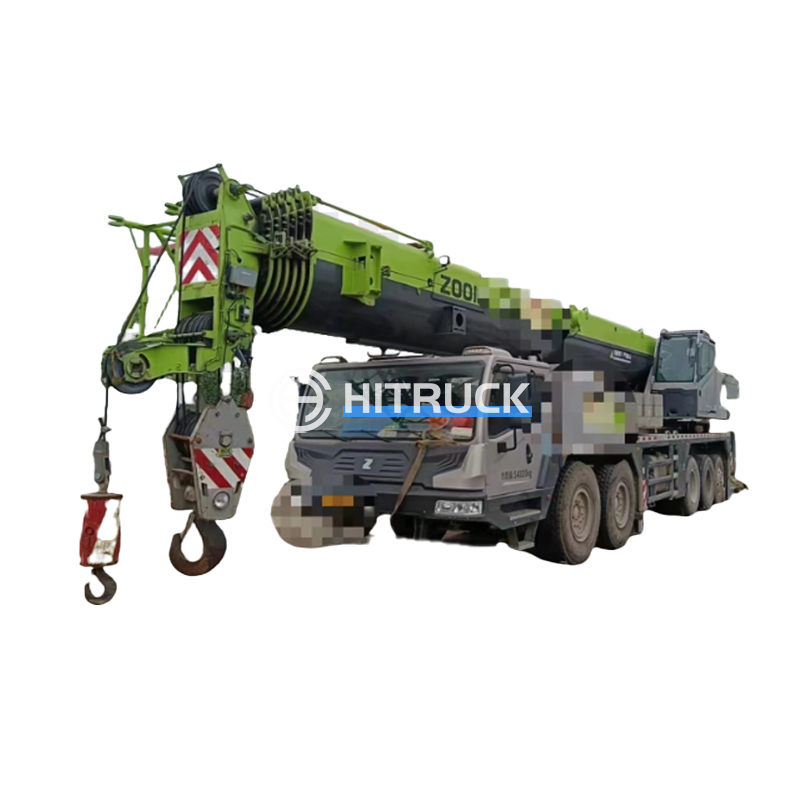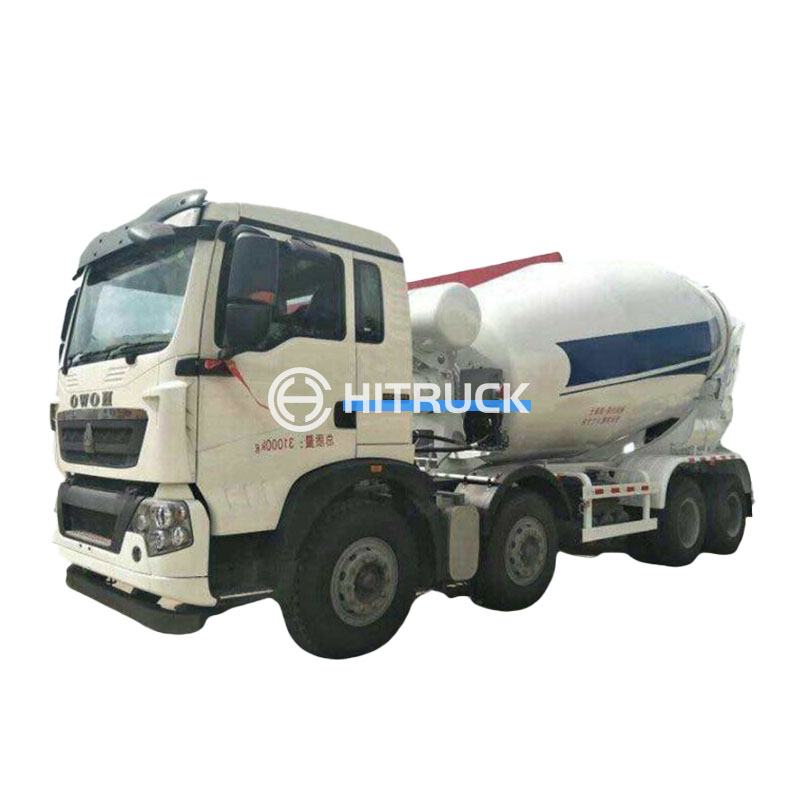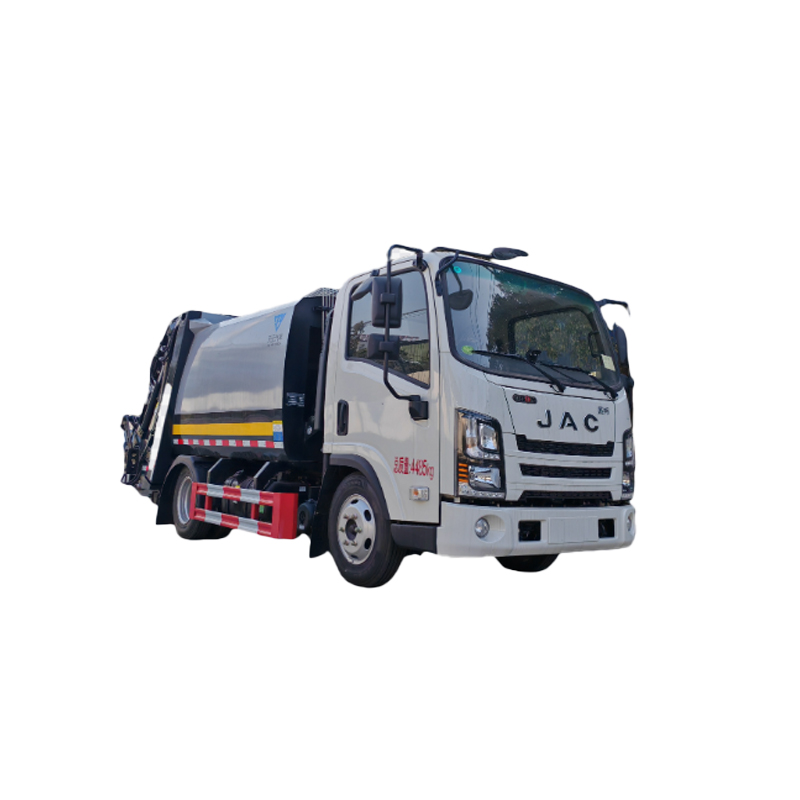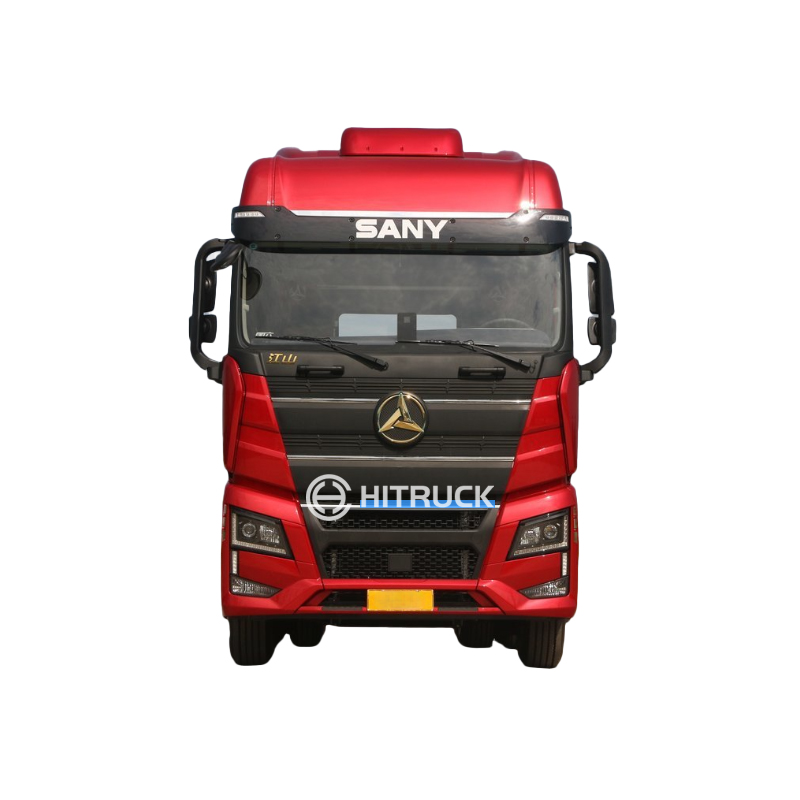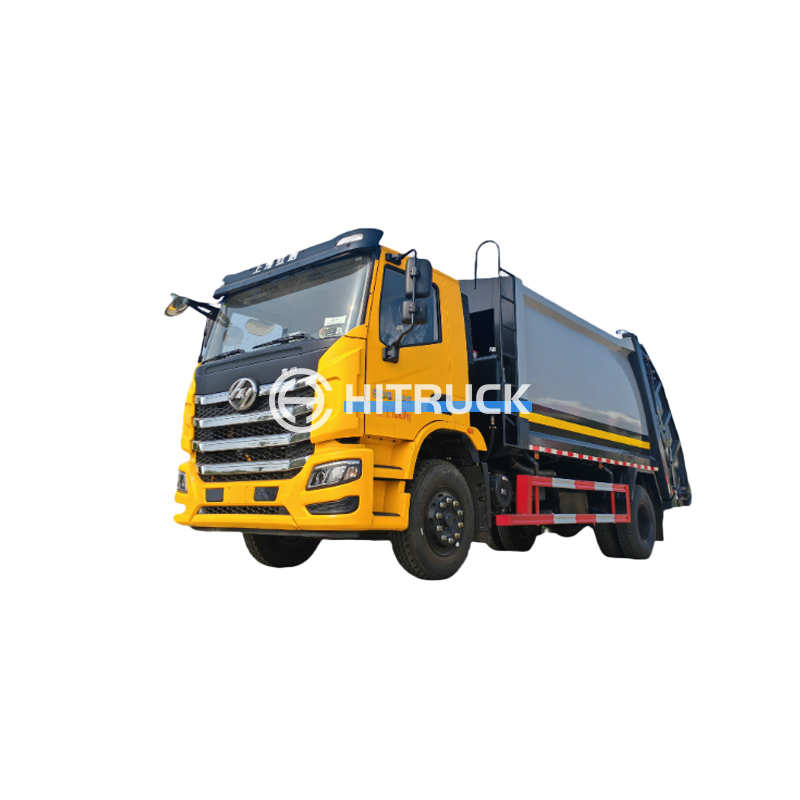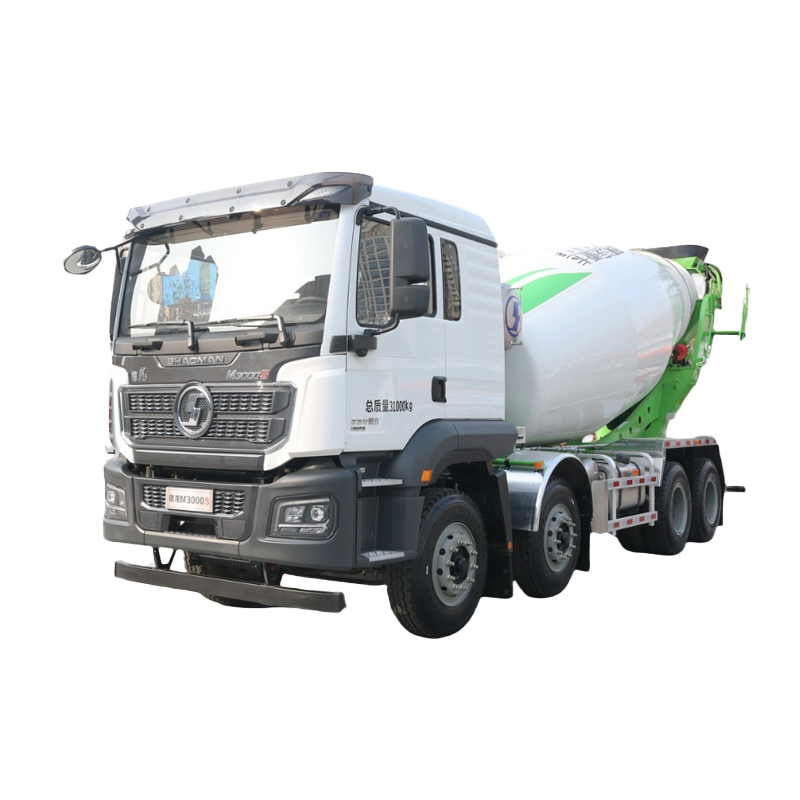This guide provides comprehensive information on heavy duty wrecker trucks, covering their types, capabilities, features, and selection considerations. Learn how to choose the perfect heavy duty wrecker truck for your specific needs and budget, ensuring optimal performance and return on investment. We'll explore various models, highlighting their strengths and weaknesses to help you make an informed decision.
Rotator wrecker trucks are known for their powerful rotating booms, allowing for the safe and efficient recovery of large vehicles. They're ideal for handling heavy-duty trucks, buses, and other large commercial vehicles. The boom's ability to rotate and lift makes them versatile for various recovery scenarios, including those involving difficult terrain or tight spaces. Consider factors like boom reach and lifting capacity when choosing a rotator. Higher capacity models offer greater versatility but come with a higher price tag. Many reputable manufacturers offer a wide range of options to suit different budgets and operational needs.
Wheel lift wrecker trucks are commonly used for smaller to medium-sized vehicles, but some models can also handle lighter heavy duty wrecker trucks. They're relatively simple to operate and are highly efficient for quick tows. These trucks lift vehicles by their front or rear wheels, making them suitable for quick recoveries. Their compact size makes them maneuverable in tight spaces, and their lower price point makes them attractive for smaller businesses or individual operators. However, they might not be suitable for all heavy duty wrecker truck recovery operations.
Integrated heavy duty wrecker trucks combine features of both rotator and wheel lift systems. This combination offers increased versatility, allowing operators to handle a wider range of recovery tasks. The integrated design maximizes space efficiency and simplifies operation. However, these integrated systems tend to be more expensive than single-function models, reflecting their added capabilities and complexities. Choosing an integrated system depends on the diversity of recovery tasks you regularly encounter.
The lifting capacity and boom reach are crucial factors. You need a heavy duty wrecker truck with sufficient capacity to handle the heaviest vehicles you anticipate recovering. The boom reach determines how easily you can access vehicles in challenging positions. Manufacturers provide detailed specifications for each model, allowing you to select a truck perfectly tailored to your requirements.
Consider the types of vehicles you’ll be recovering. Are you primarily working with cars, trucks, buses, or other specialized equipment? Different recovery scenarios require different features. For instance, a rotator is preferable for heavy-duty vehicles needing precise maneuvering, while a wheel lift is suited for quicker, simpler tasks.
The initial purchase price of a heavy duty wrecker truck is just one aspect of the cost. Factor in ongoing maintenance, repair costs, fuel efficiency, and insurance. A more expensive model may offer long-term cost savings through better fuel economy and reduced downtime.
Researching different manufacturers and models is essential. Compare specifications, features, and pricing to find the best fit for your needs. Consider seeking advice from experienced tow truck operators or consulting with industry professionals before making a significant investment. Remember to prioritize safety features and ensure the truck complies with all relevant regulations.
For a wider selection of heavy duty wrecker trucks and related equipment, explore resources like Suizhou Haicang Automobile sales Co., LTD. Their website offers a diverse range of options to consider.
Selecting the appropriate heavy duty wrecker truck is a critical decision for any towing or recovery business. Carefully consider the factors outlined above, and weigh the pros and cons of each type of wrecker before making your choice. Proper research and planning will ensure you acquire a truck that meets your needs and provides a strong return on investment. Remember to prioritize safety and operational efficiency in your decision-making process.

